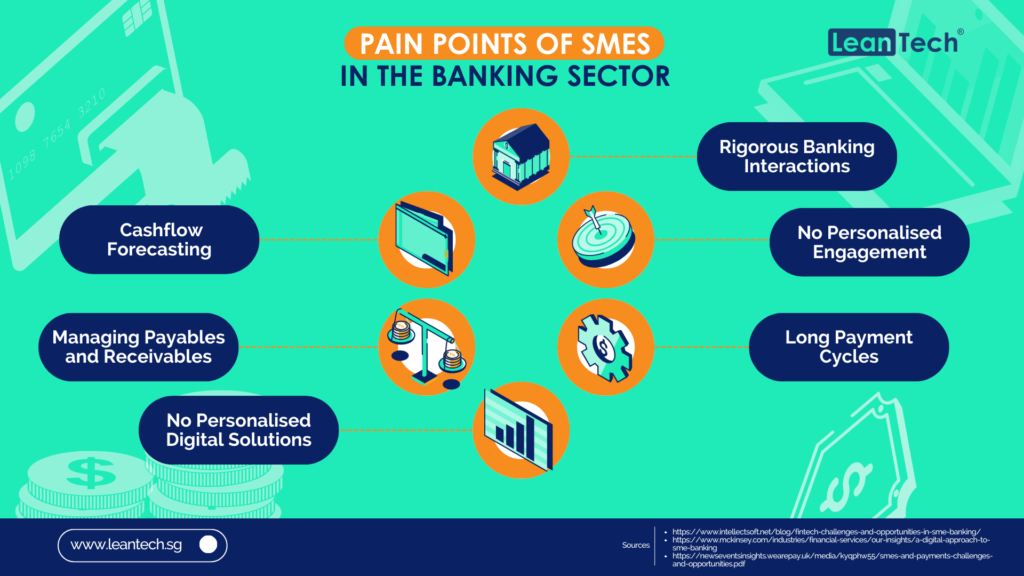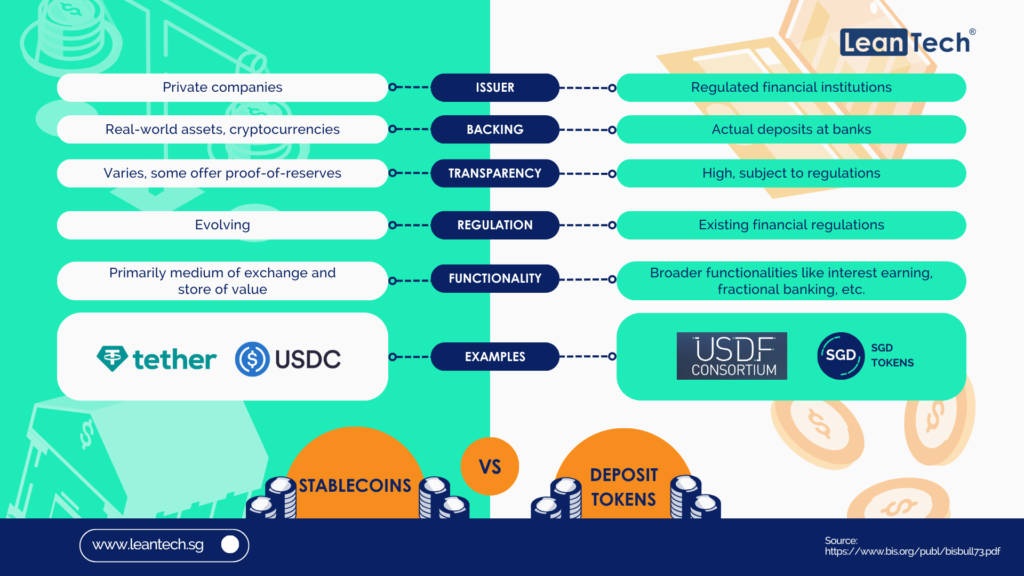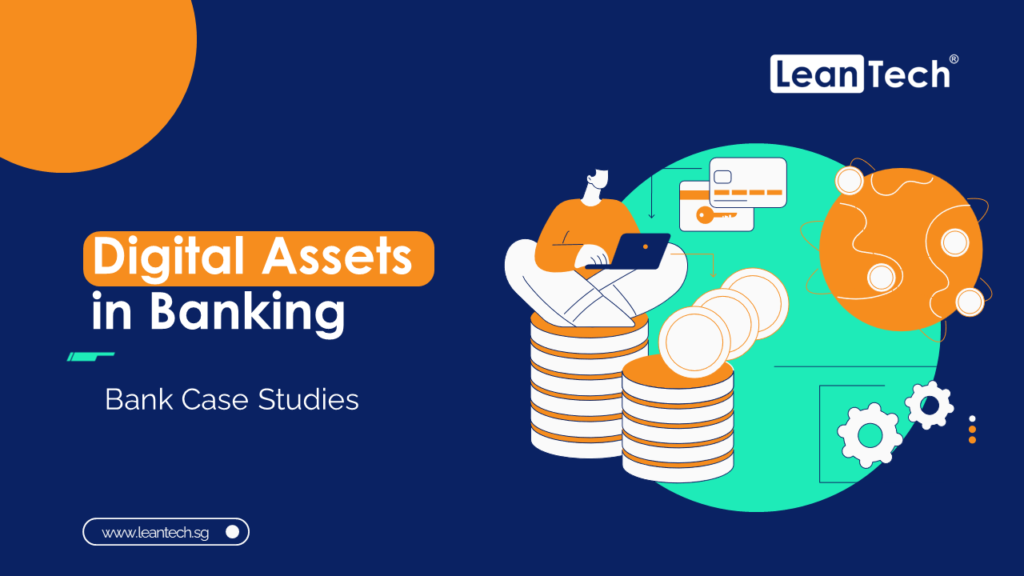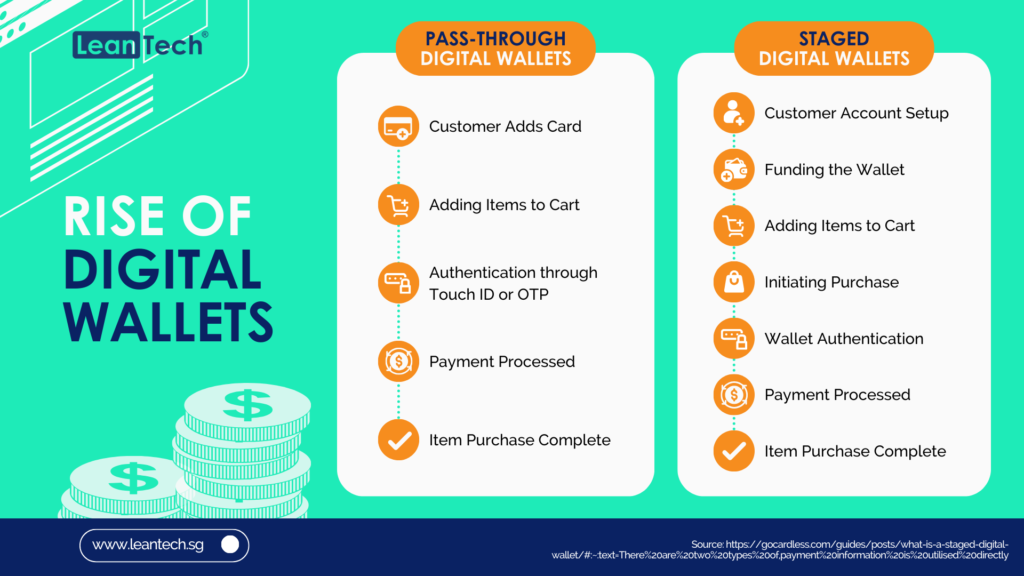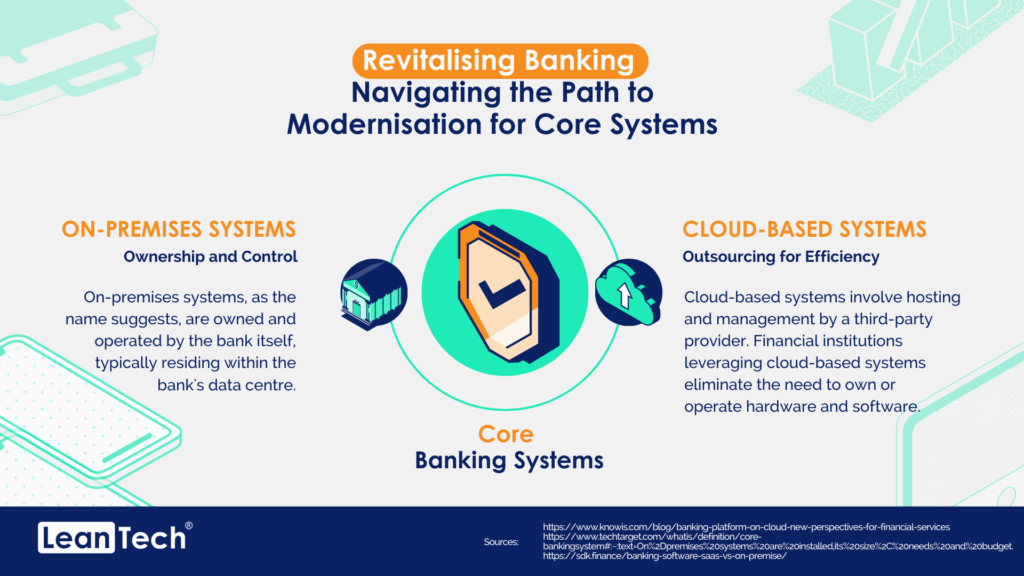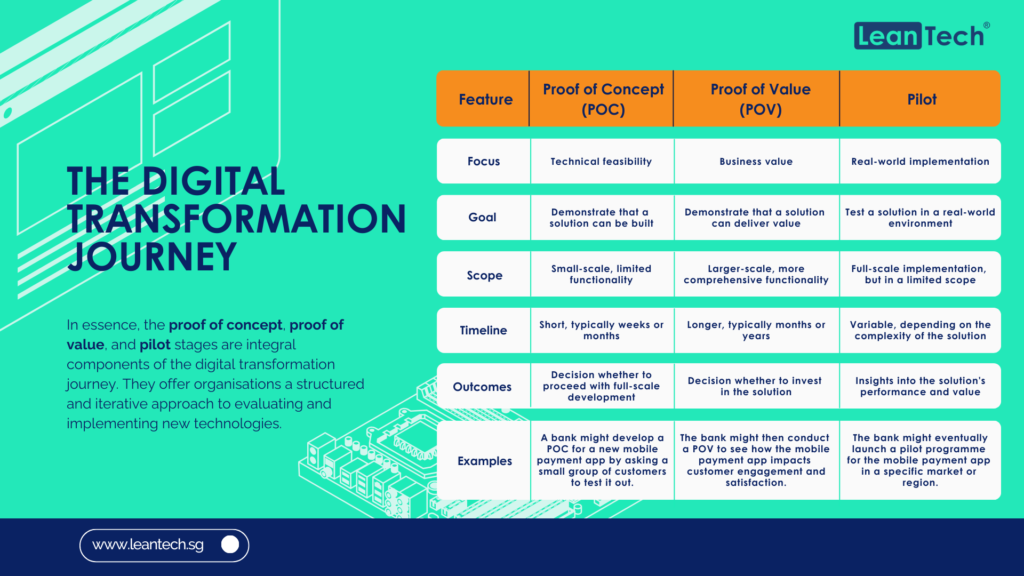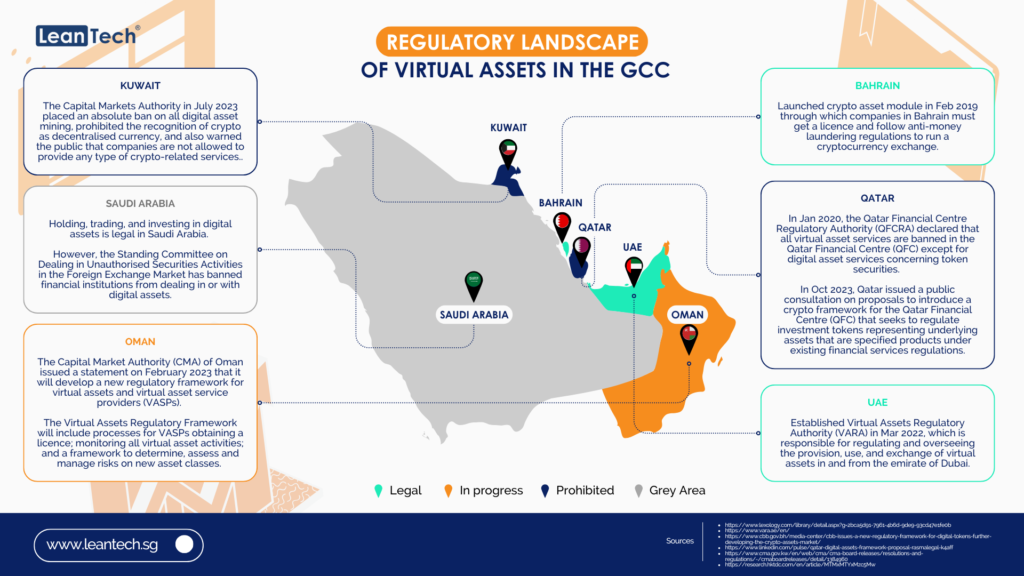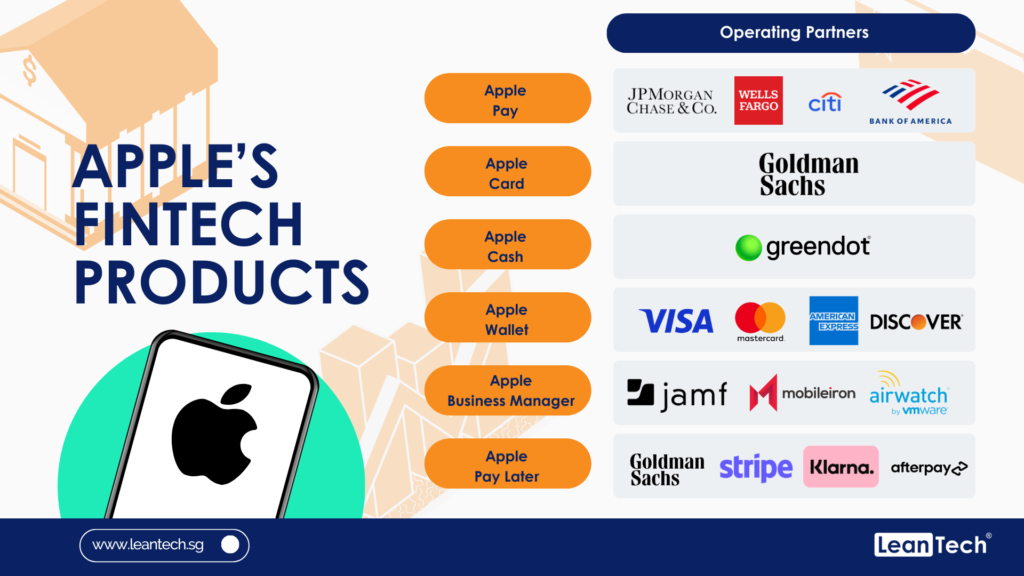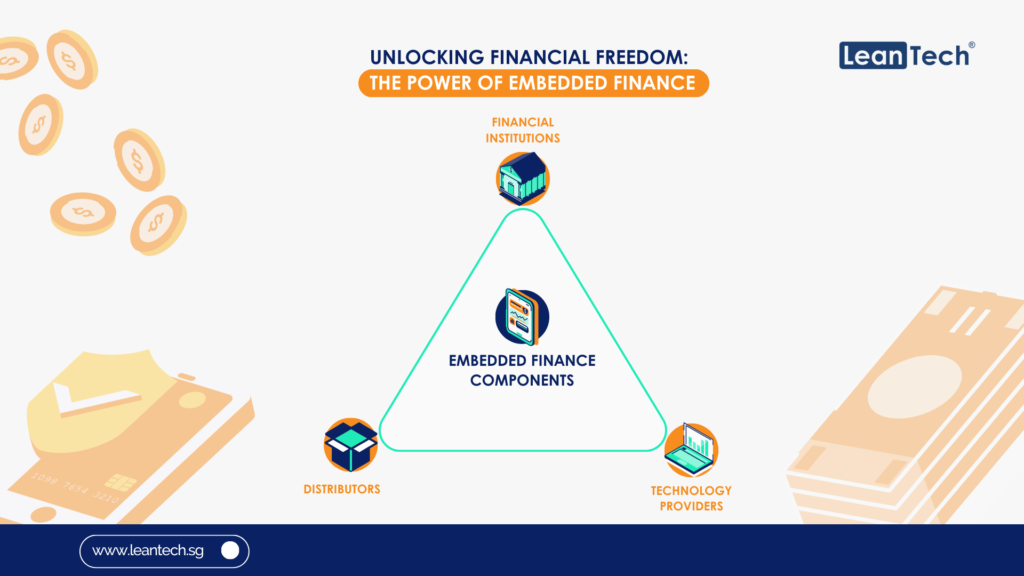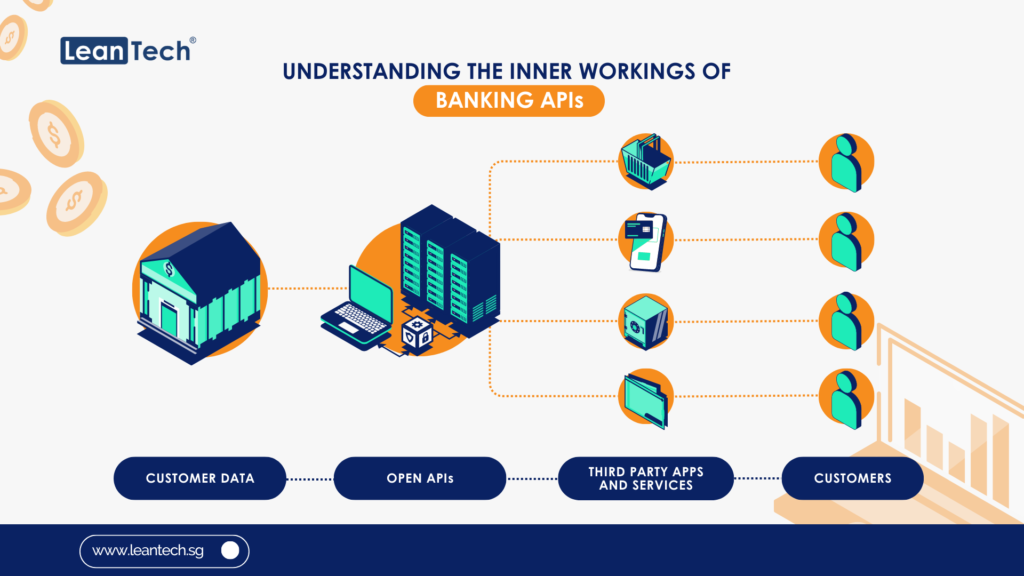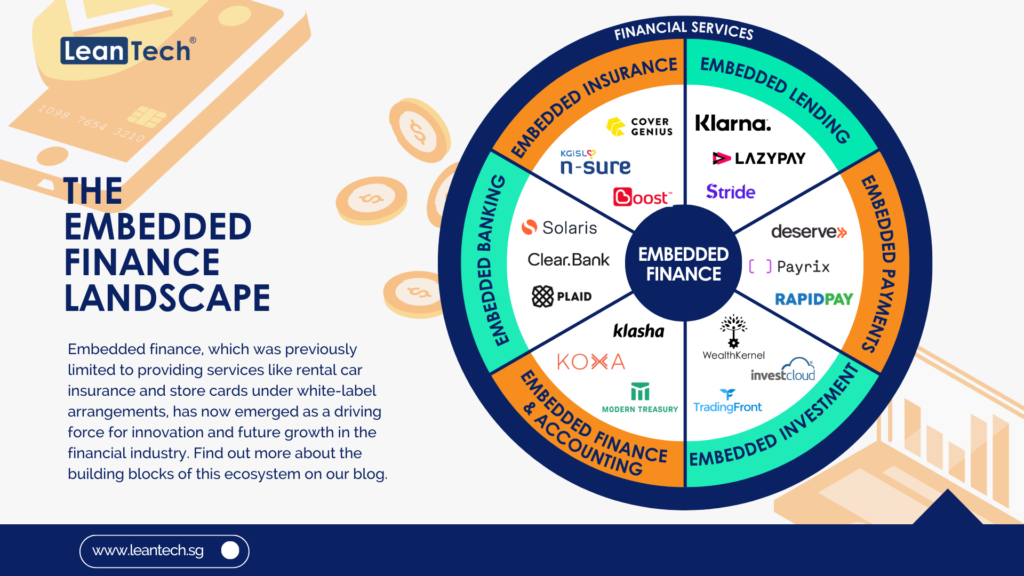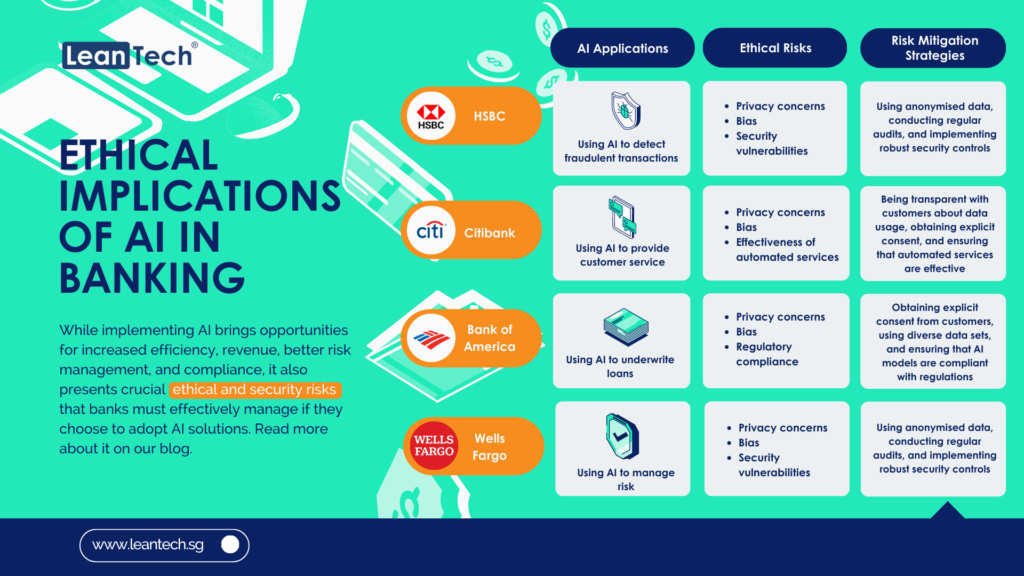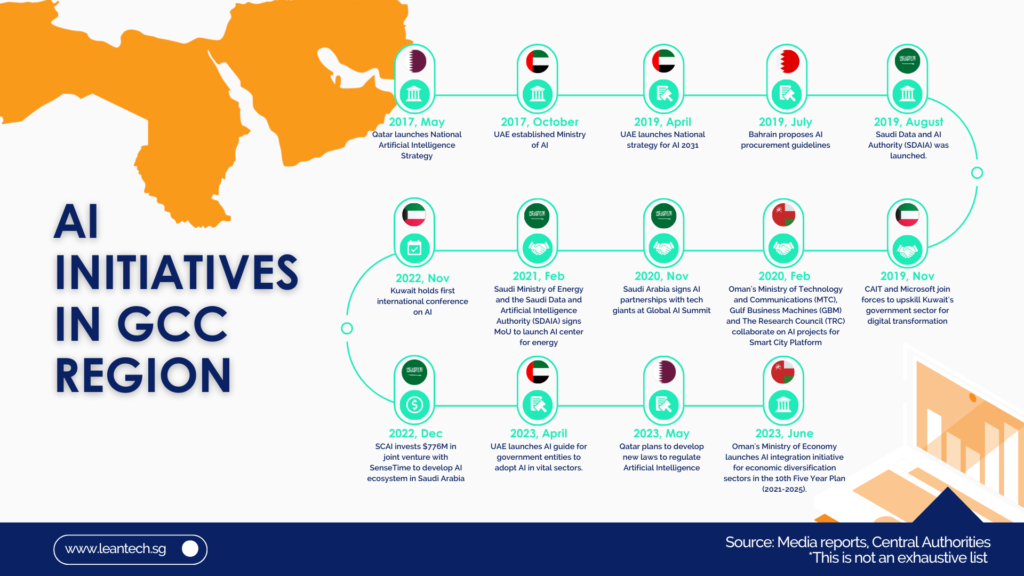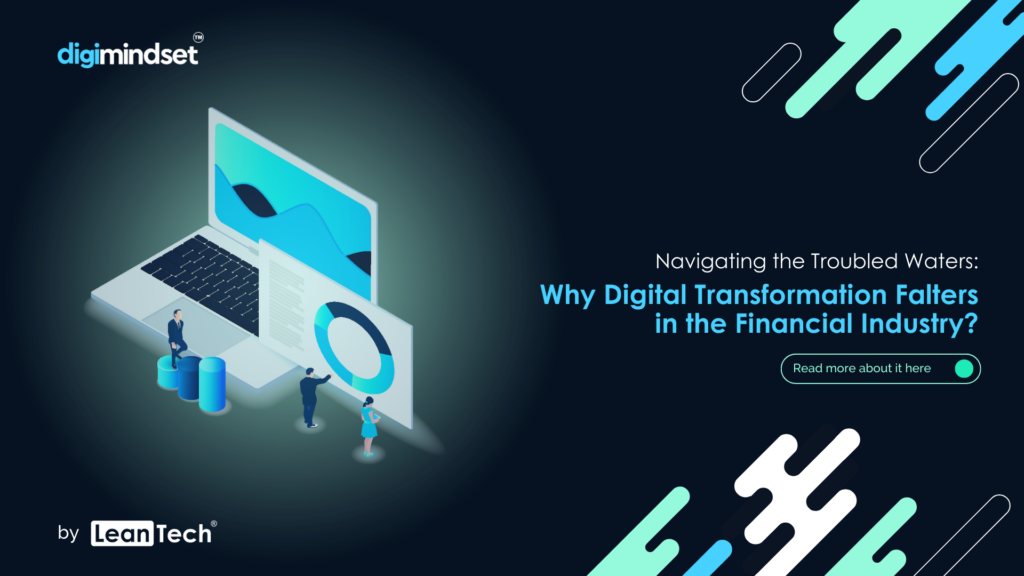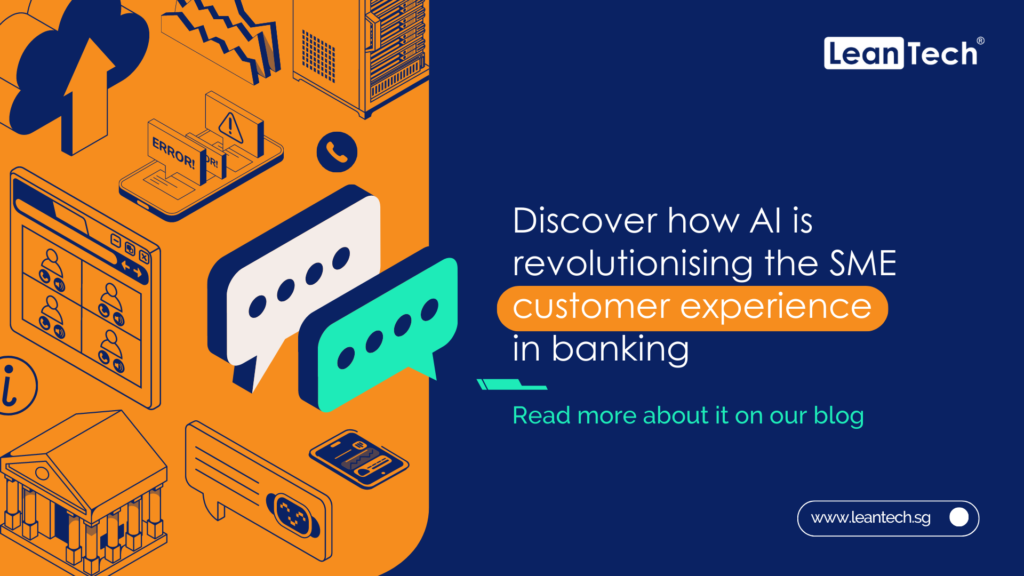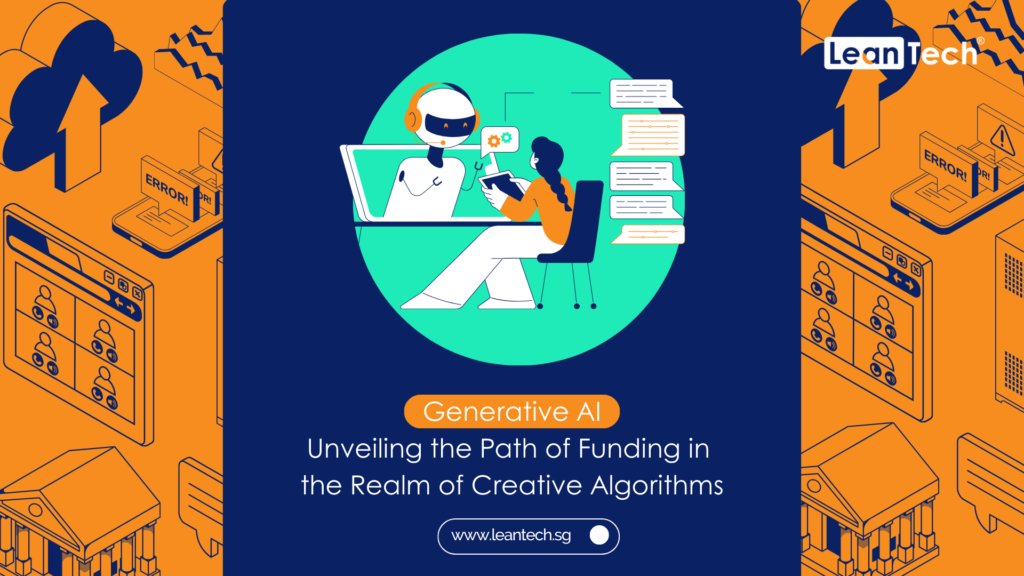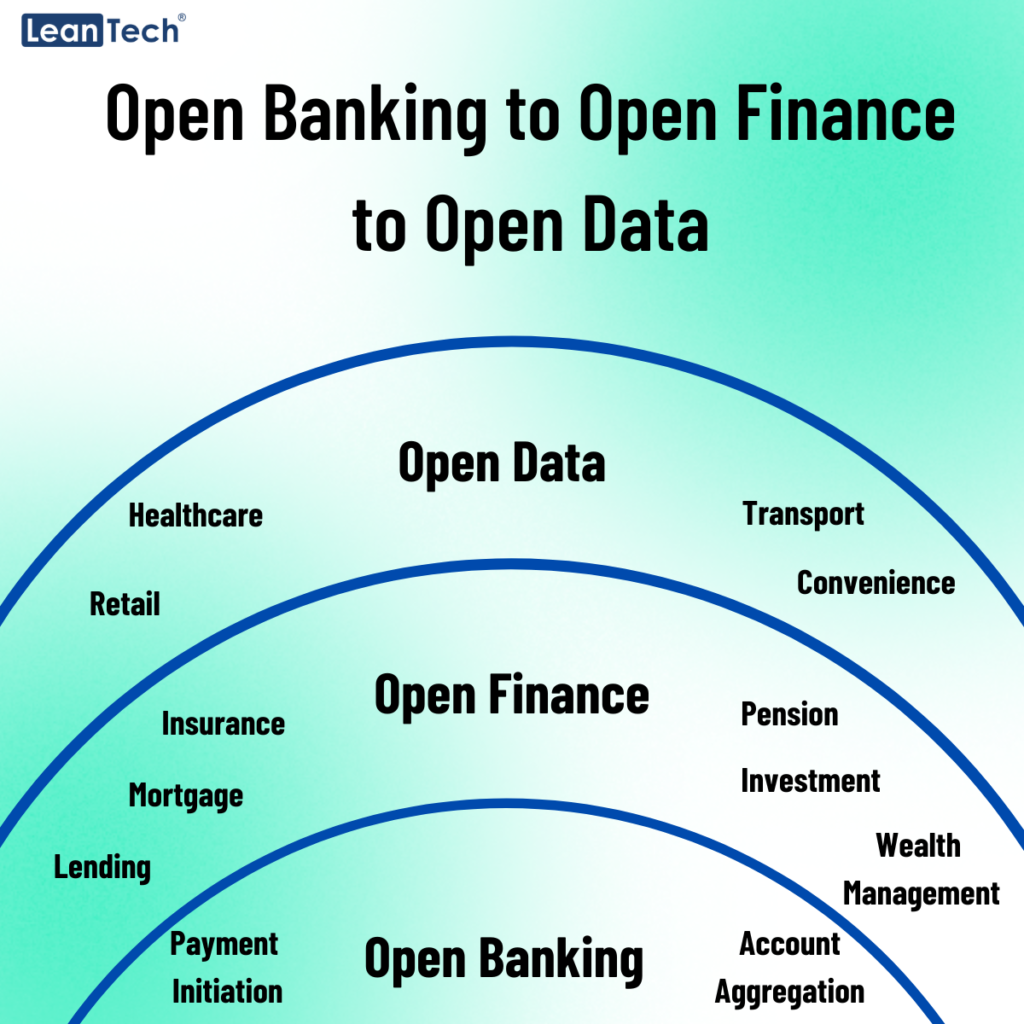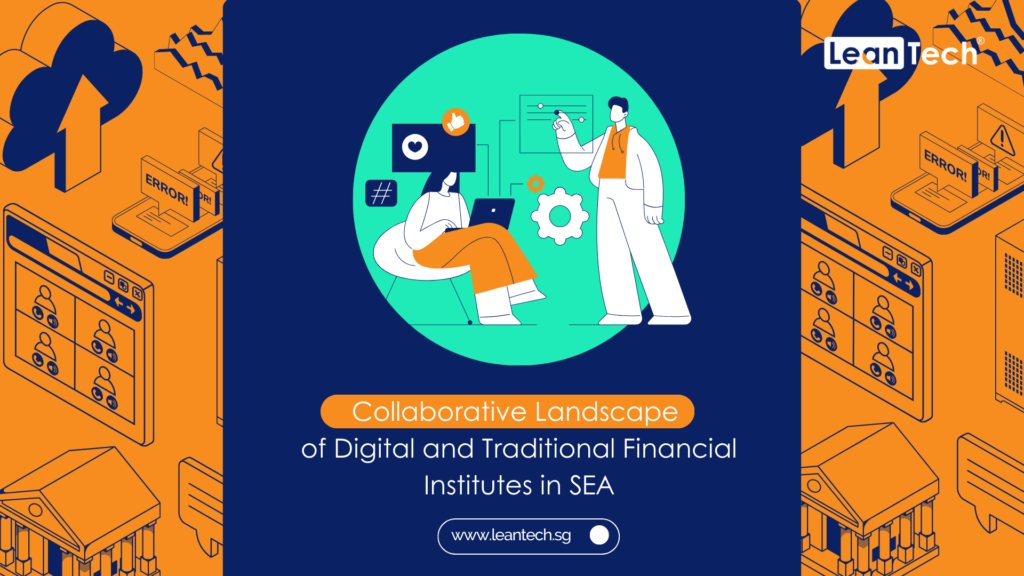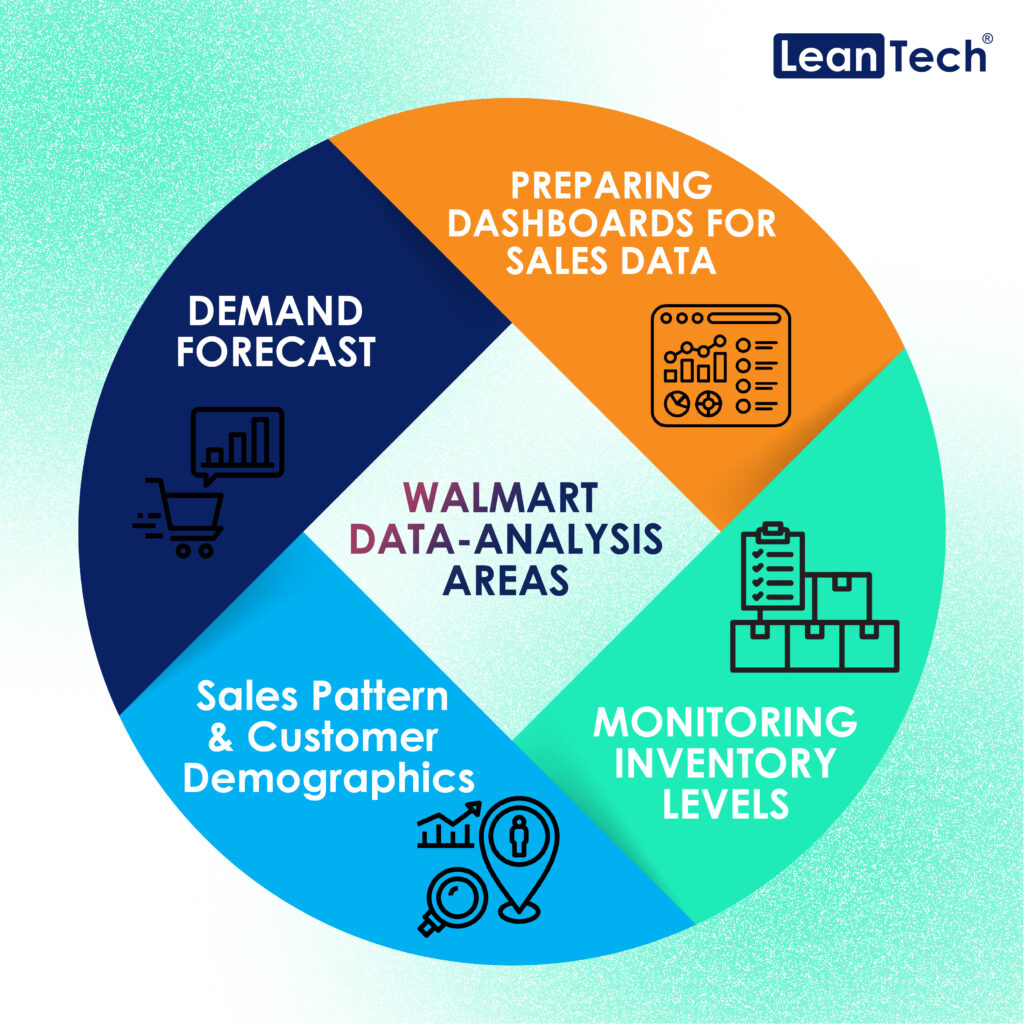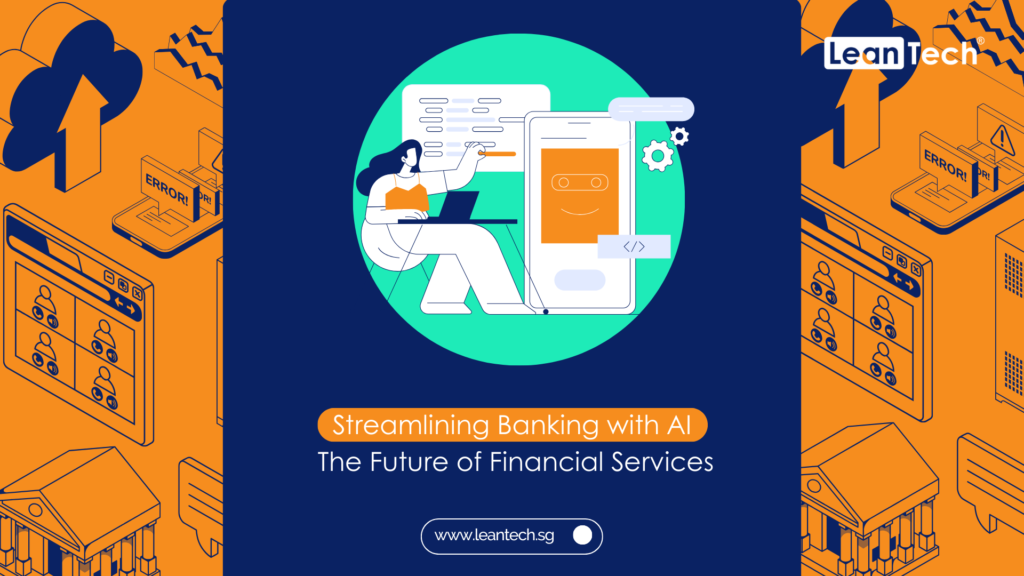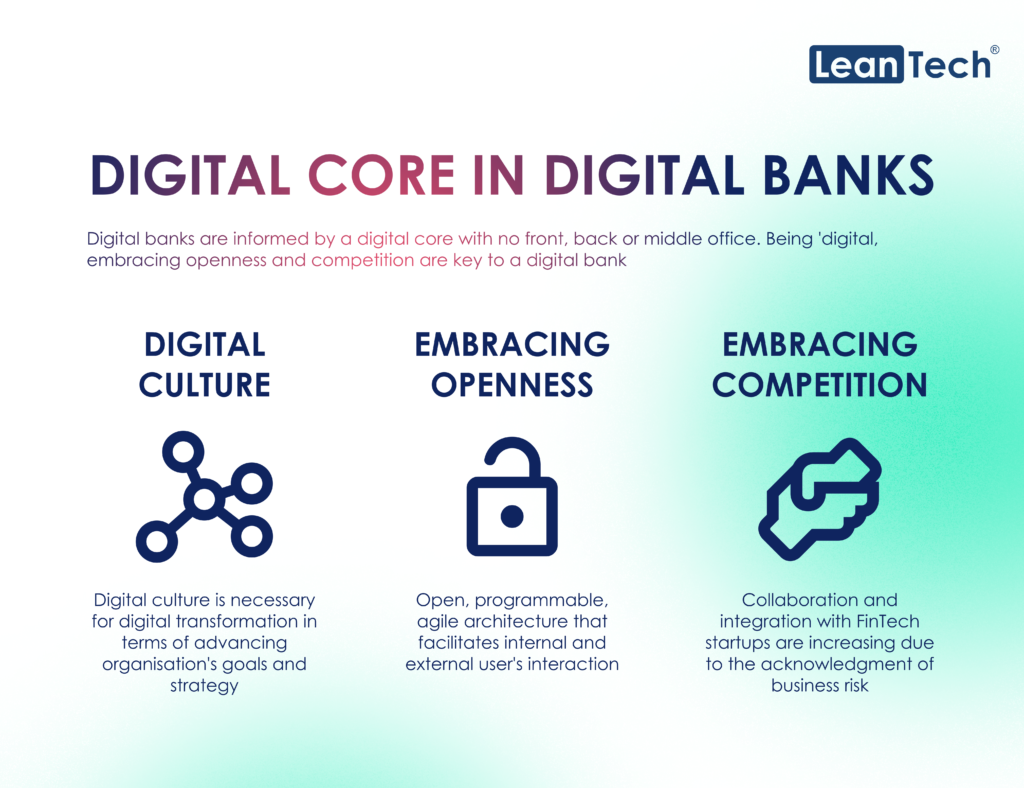Have you ever listened to music created by AI? Or read a story written by a computer? These are just a few examples of what generative AI can do. Generative AI focuses on creating new and unique data that has not been seen before, by analysing existing data, such as images, music, or text. This sets it apart from other types of AI that mainly focus on recognising and classifying data. And it can become a game changer for the banking industry.
It uses complex algorithms and deep learning techniques to analyse input data and create new output based on that analysis. For example, generative AI can create unique pieces of music by analysing patterns and structures in existing music and then generating new melodies and harmonies based on that analysis.
Generative AI is a rapidly advancing technology with the potential to revolutionise many other industries, including banking. The banking industry is leveraging generative AI to automate a wide range of tasks and deliver personalised services to customers. Let’s discuss some of them.
Improved KYC and customer segmentation
As a bank, understanding your customers is crucial for providing them with the best possible service. Generative AI is proving to be an invaluable tool for improving customer segmentation and gaining deeper insights into customers’ behaviour and preferences.
Generative AI can help banks better understand their customers by segmenting them based on their needs and preferences. This allows banks to offer personalised products and services, as well as target marketing campaigns to the right customers. Additionally, generative AI can identify customers who are at risk of leaving and take proactive steps to retain them, such as improving the customer experience.
Offer tailored products and services
One of the key benefits of generative AI in banking is the ability to create more personalised products and services. Banks are facing increasing pressure to combat fraud and money laundering, and generative AI is helping them do just that. By analysing vast amounts of transactional and behavioural data, generative AI can detect patterns and anomalies that may indicate fraudulent activity. This not only helps banks prevent financial losses but also enables them to comply with regulations and maintain customer trust. With the constant evolution of fraud tactics, generative AI is a critical tool for banks to stay ahead of the curve and protect their customers’ assets.
Personalizing the customer experience is another way generative AI is being used in banking. It achieves this by providing targeted recommendations and advice based on the customer’s financial goals and behaviour .For example, a bank can use generative AI to analyse a customer’s investment portfolio and provide personalized advice on how to optimise their returns.
Better credit decisions
Generative AI is enhancing credit underwriting in banking, making it smarter and more efficient.
Traditionally, banks have used a one-size-fits-all approach to credit underwriting, relying on standardised credit scores and formulas. But with generative AI, banks can analyse alternative credit data such as social media and online behaviour to assess a borrower’s creditworthiness more comprehensively.
In addition, generative AI can help banks make faster and more accurate credit decisions. By automating much of the credit underwriting process, banks can reduce the time and resources required to evaluate credit applications, while also improving the accuracy of credit decisions.
Faster Fraud Protection
According to a report by the Association of Certified Fraud Examiners, organisations lose an average of 5% of their annual revenue to fraud. For financial institutions, this translates to billions of dollars lost each year to fraud. Generative AI is streamlining fraud detection by analyzing vast amounts of data and pinpointing suspicious patterns and anomalies. By analyzing transaction data, account activity, and user behavior, generative AI is revolutionising the way banks detect fraud, making it faster and more efficient than ever before.
What’s more? Generative AI can be used to continually monitor account activity and detect potential fraud in real-time. This allows banks to take immediate action to prevent fraudulent activity, rather than relying on retrospective analysis to identify fraud after it has occurred.

The use of generative AI is becoming increasingly prevalent in the banking industry, and its potential applications are vast.
Generative AI helps banks improve customer segmentation and offer personalized products and services. It also enables faster fraud detection and smarter credit underwriting.
In the future, we can expect more innovative use cases as generative AI technology advances. Therefore, it’s crucial for banks to embrace and invest in its development to stay ahead in a competitive industry.
Looking to take advantage of AI’s potential in banking and gain a competitive edge? Our courses can help you unlock the power of AI and stay ahead of the curve. Don’t miss out on this opportunity to transform your organisation!


